Mastering FDM 3D Printing
Introduction: Unveiling Best Practices
In the realm of additive manufacturing, Fused Deposition Modelling (FDM) 3D printing stands tall as a versatile and accessible technology. Whether you’re a beginner or a seasoned maker, mastering FDM 3D printing requires a keen understanding of its nuances and best practices.
In this article, we’ll explore the essential guidelines that will empower you to unlock the full potential of FDM 3D printing.
1. Choosing the Right Filament:
Selecting the appropriate filament material is paramount to achieving successful FDM 3D prints. Different materials possess varying properties such as strength, flexibility, and heat resistance. PLA, ABS, PETG, and TPU are popular choices, each catering to specific applications. Research your project’s requirements and opt for a filament that aligns with your desired outcome.
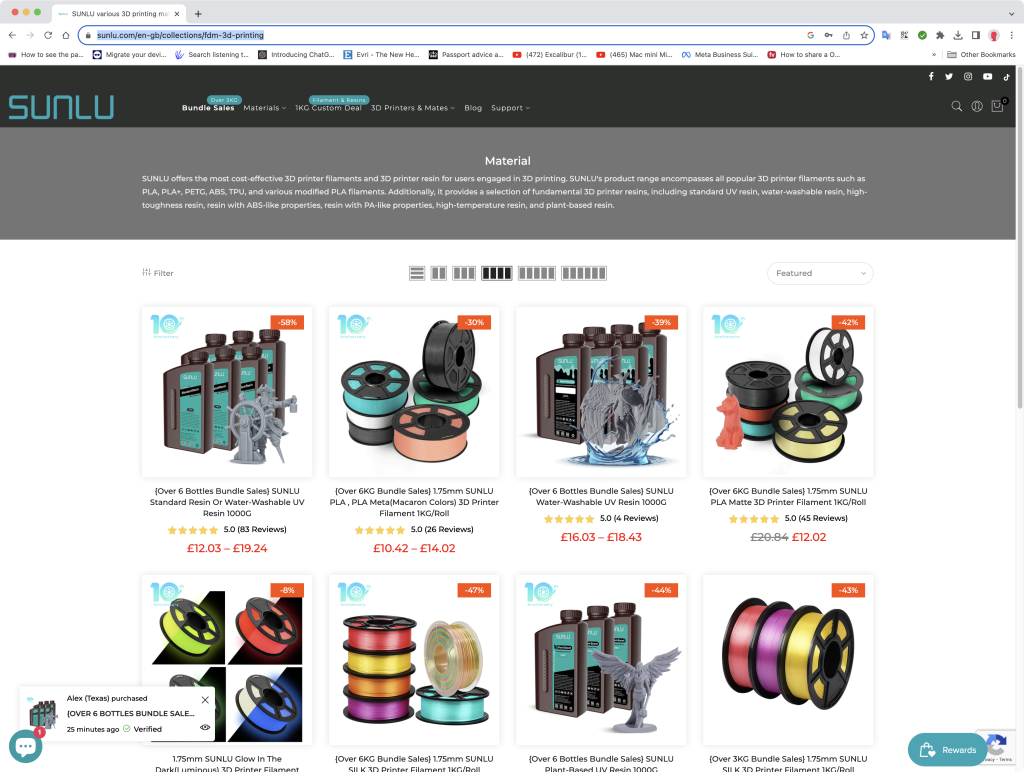
2. Calibrating Printer Settings:
Proper calibration of your 3D printer is the cornerstone of quality prints. Pay meticulous attention to bed levelling, nozzle height, and extrusion rate. A well-calibrated printer ensures consistent layer adhesion and prevents issues like warping and uneven prints.
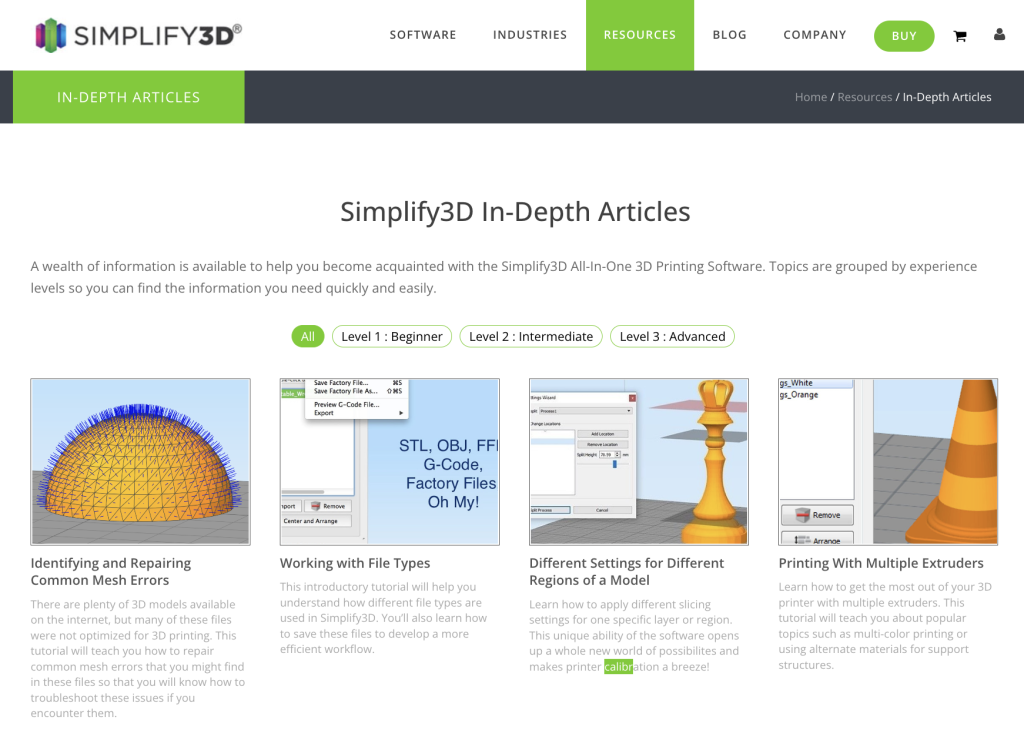
3. Optimising Print Design:
An intelligently designed 3D model contributes to successful FDM printing. Consider minimising overhangs, using support structures judiciously, and optimising infill density helps to strike a balance between strength and material usage. Utilise software tools like Meshmixer or PrusaSlicer to refine your designs before printing.
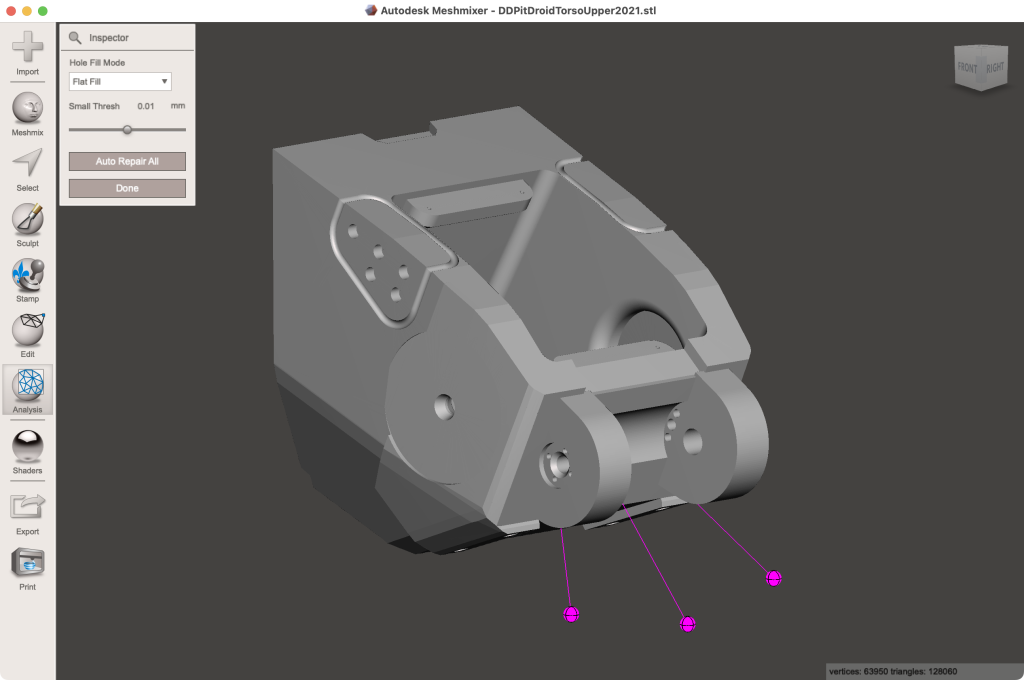
4. Temperature and Cooling Management:
Maintaining proper printing temperatures and effective cooling mechanisms is vital. Experiment with different temperature settings to find the sweet spot for your filament. Employ dedicated part cooling fans to enhance overhang performance and overall print quality.
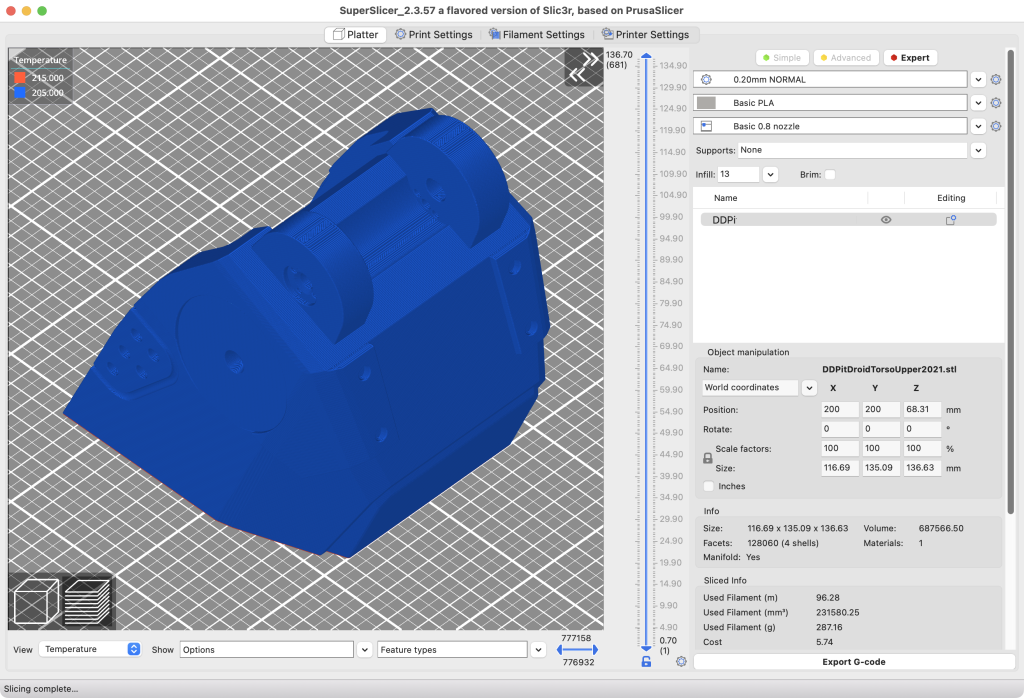
5. Bed Adhesion Techniques:
Adequate bed adhesion is critical to prevent warping and ensure a successful print. Experiment with options like painter’s tape, BuildTak, glass beds, or specialized adhesion sprays. Employing a heated bed can further enhance adhesion for certain materials.
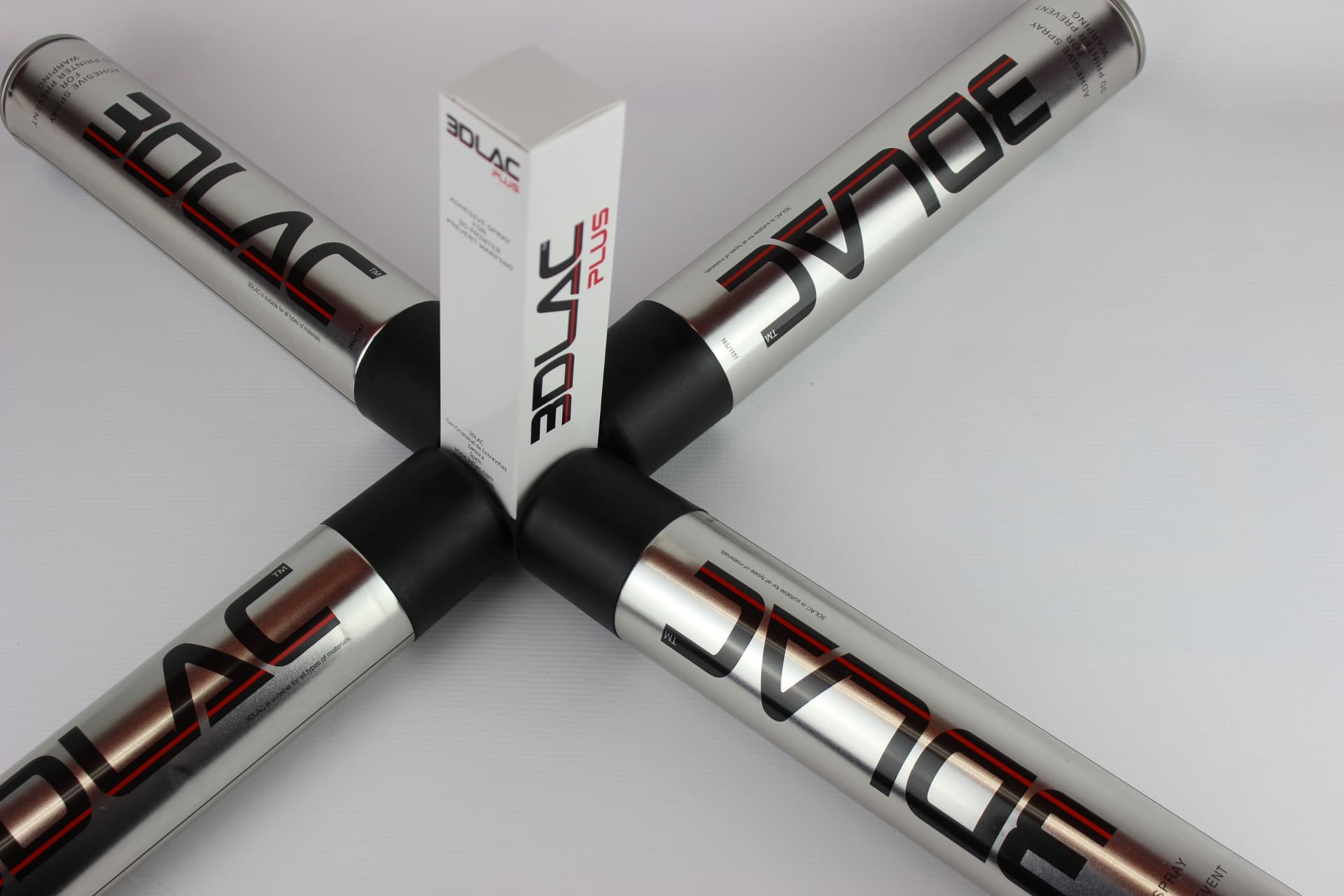
6. Post-Processing Excellence:
Don’t overlook post-processing steps for that professional finish. Sanding, painting, or smoothing with acetone vapor can transform your FDM prints into polished masterpieces. Clean up any stringing or imperfections to elevate your final product.
7. Maintenance and Upkeep for Mastering FDM 3D Printing:
Regular maintenance of your 3D printer guarantees consistent performance. Keep the printer clean, lubricate moving parts, and replace worn-out components as needed. A well-maintained printer produces high-quality prints over the long term.
8. Joining the FDM Community:
Engaging with the FDM 3D printing community can accelerate your learning curve. Participate in online forums, social media groups, and workshops to share insights, troubleshoot issues, and stay updated on the latest trends.

Conclusion:
FDM 3D printing is a captivating journey that rewards those who embrace its intricacies. By following these best practices, you’ll harness the power of this technology to create remarkable prints that push the boundaries of your imagination. Remember, each successful print is a step closer to becoming a true FDM 3D printing maestro.
External Links:
1. 3D Printing Filament Guide
2. Advanced FDM Printing Techniques
3. Troubleshooting Common FDM Printing Issues
Disclaimer: This article is intended to provide general information and guidelines for FDM 3D printing. Always refer to your specific printer and filament manufacturer’s recommendations for best results.
#3dprintingnearme #3dprinting #3dprint #leeds #yorkshire #UK #FDM #PLA #industrialdesign #york #sheffield #manchester #harrogate #wakefield #rotherham #manufacture
